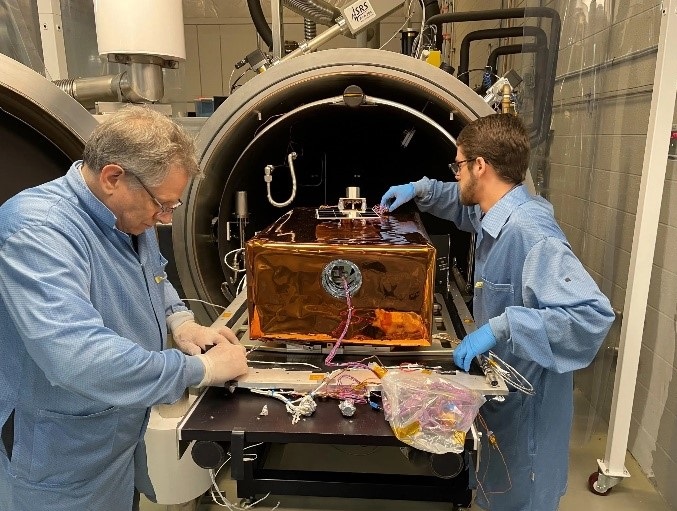In a bid to unravel the mysteries of the Moon’s interior, NASA’s Goddard Space Flight Center is gearing up for a groundbreaking mission: deploying a moonquake detector during the Artemis III mission in 2026. This detector, known as the Lunar Environment Monitoring Station (LEMS), will first undergo testing in a Dynavac thermal vacuum chamber.
Conceptualized in 2018, LEMS promises to revolutionize our understanding of lunar geophysics and aid in shaping future lunar exploration endeavors. The project aims to develop a compact, autonomous seismometer capable of continuous monitoring of ground motion from moonquakes in the region around the lunar South Pole.
Why the focus on moonquakes? These seismic events provide vital insights into the Moon’s internal structure and formation processes. By studying moonquakes, scientists hope to refine our understanding of lunar geology and shed light on fundamental questions surrounding the Moon’s origins.
To bring the LEMS project to fruition, researchers must subject the LEMS prototype to harsh temperature and vacuum conditions that simulate the lunar surface. Dynavac’s thermal vacuum chamber provides the necessary testing environment, ensuring that the station can endure the lunar night and operate autonomously for extended periods, laying the groundwork for its deployment on the Moon.
With a planned operational lifespan of up to two years, LEMS could serve as a cornerstone in a future global lunar geophysical network, facilitating ongoing research and exploration efforts. Moreover, the data collected by LEMS will not only enhance our understanding of the lunar environment but also inform strategies for sustaining long-duration human presence on the Moon—an essential stepping stone for NASA’s ambitious plans to send astronauts to Mars.
Learn more about this project on NASA.gov

